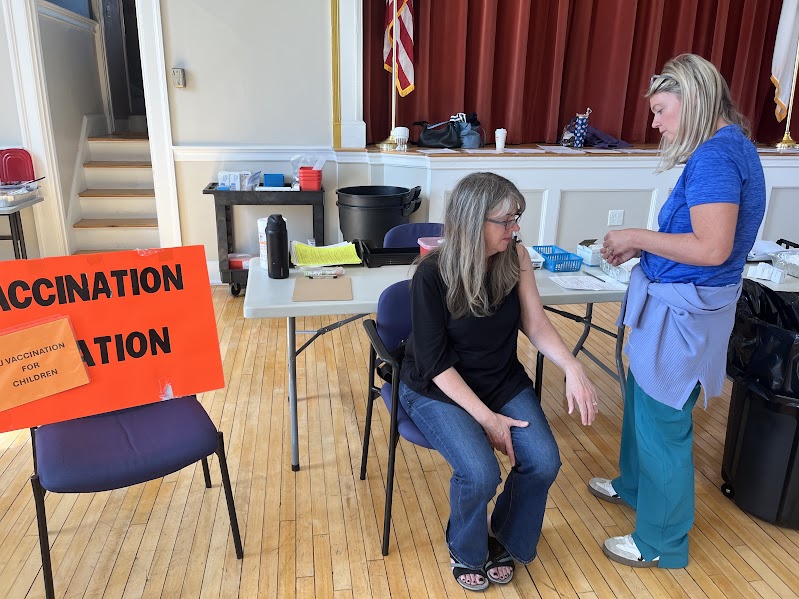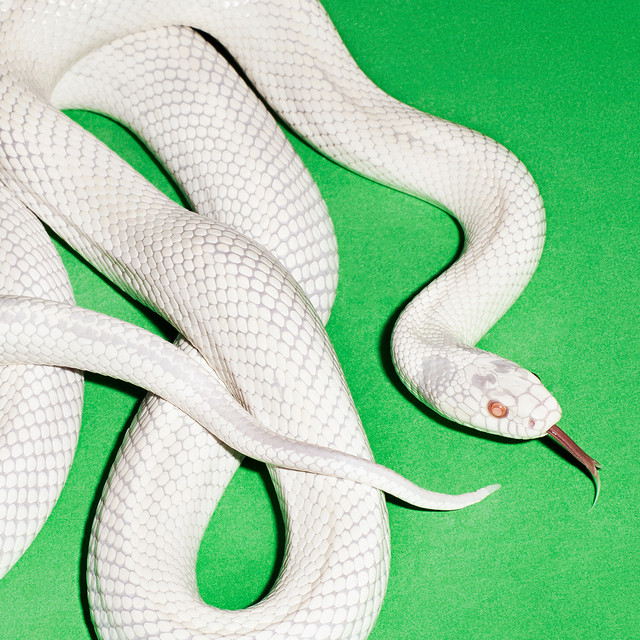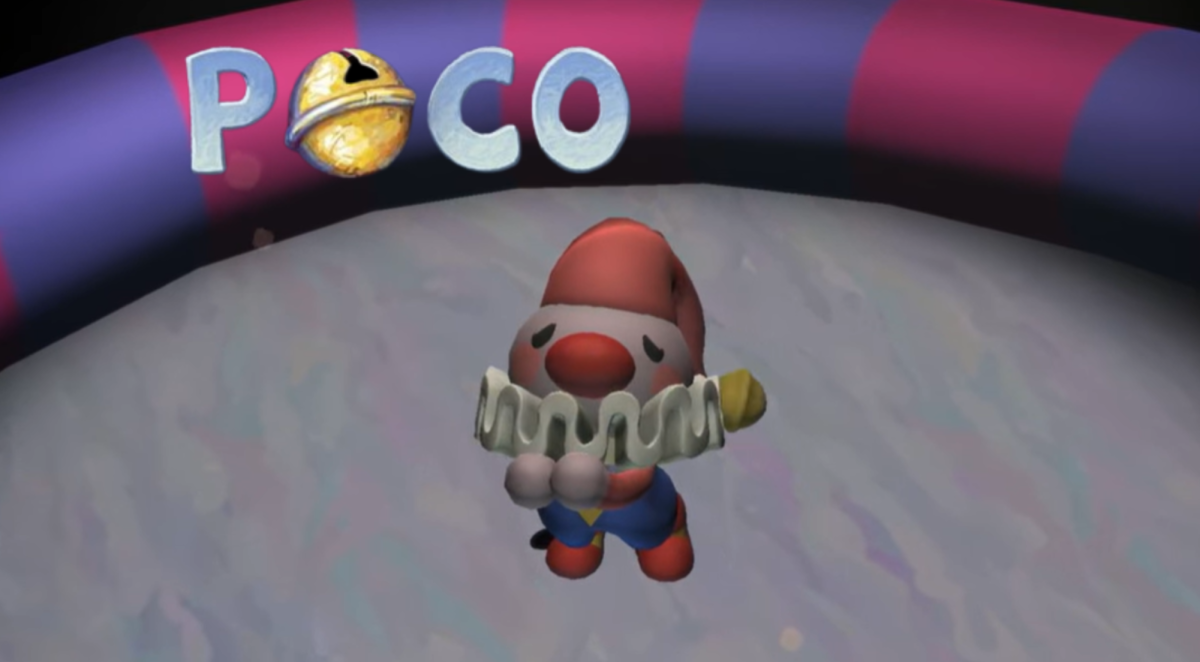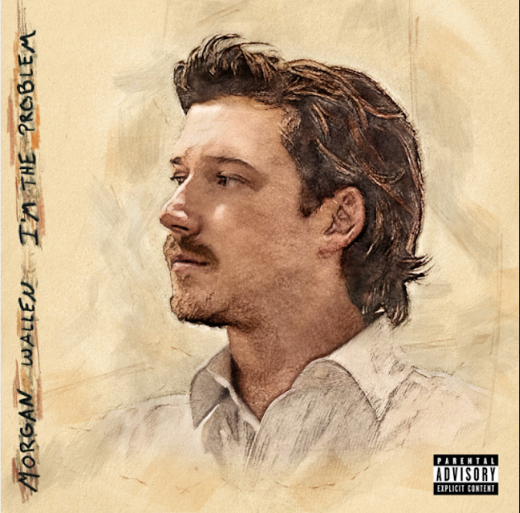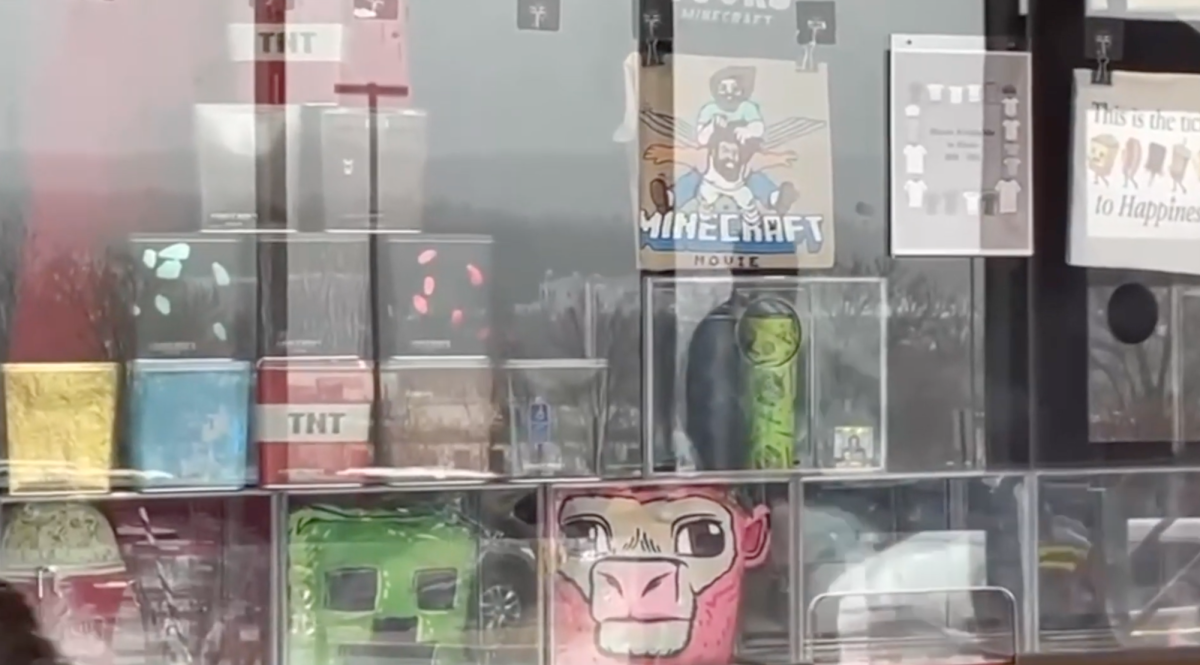On March 25th, 2025, Minecraft released their Spring to life update, introducing new mob color variants as well as new blocks and ambient features. The game also revamped the appearance of the spawn eggs, used to add mobs into the world.
The new mob variants include a cold biome and warm biome pig, cow, and chicken, making the number of variants to 3 each. The warm biome pig is an orange-brown color, the warm chicken is a yellow-orange color, and the warm cow is a red-brown color. For the colder biomes, the pigs are a pale tan color, the chicken is a blue-gray, and the cows have longer hair with an orange tint.
Although this isn’t Minecraft’s first mob variant update (since in 2024 Minecraft released eight new wolf variants in the Armored Paws update), this is their first update where they specifically made both cold and warm variants for pacifist mobs. Now, rather than seeing the classic pink pig, white chicken, or brown and white cow, there is more variety and differentiation for the different biomes. Even the chicken eggs have variety. Where they normally would be a plain tan color, with this new update, the cold chickens lay blue eggs while the warm chickens lay red eggs. Not only that, even the sheep got a little update with the sheep in colder climates having mostly black wool, temperate/green climates having white wool, and warmer/sandy climates having brown or gray wool. The new designs make Minecraft much more immersive and help in building and fleshing out the world.
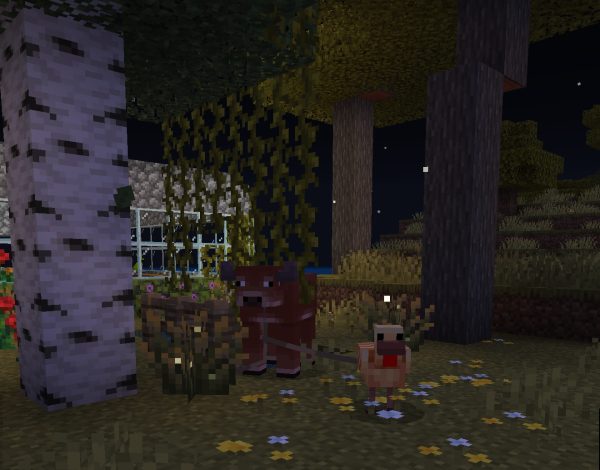
The addition of new blocks and particle effects also adds more life to the gameplay. The firefly bushes are especially a favorite amongst players who enjoy building and decorating their homes. The bushes create a faint glow from the firefly particles which spread around the area, giving the environment an improved ambiance and cozy outdoor light source. Another decorative block included in the update are wildflowers, which are thin decorative blocks similar to the pink petals from the cherry blossom update in 2023. These flowers are commonly found in birch forests or meadows and can be grown using bonemeal on grass blocks. Wildflowers are perfect for decorating homes that need a little more seasoning on the outside. They can be used for decor but they can also be crafted into yellow dye. Minecraft also added leaf particles which fall from trees, adding more to the atmosphere as players run through the trees gathering wood or exploring. Another new block that is commonly found in forests is leaf litter, usually gathered underneath trees and can be used for compost or fire fuel.
The grassy biomes are not the only ones that got new blocks though. In the desert, there are now grass blocks that add more texture to the normally bland and flat sand. The cacti can also grow cactus flowers which can be collected and placed on a solid top surface as additional decor or it can be crafted into pink dye.
Now, for the creative mode players, Minecraft has made identifying spawn eggs much easier with the new textures. For years, the spawn eggs have been normal egg shaped items with the color pallet of the mod its designated to, but with how many mobs there are now, figuring out which egg is which became confusing. With this update, the eggs now look like the mob it spawns. For example, the spider egg having legs and fangs or the rabbit egg having ears and a tail (as well as a smaller size compared to the bigger mob eggs), the size and appearance of each egg corresponding with the size and appearance of its mob. Players can pick a spawn egg and know which mob it is they picked without having to click around trying to find the right one.
Since 2009 when Minecraft first came out, the game has changed and grown a lot alongside its fanbase. New biomes, mobs, items, blocks, features, crafts, variants, and ambience coming out each year and many of them involve the voices of the community and even now, Minecraft is still constantly growing.


